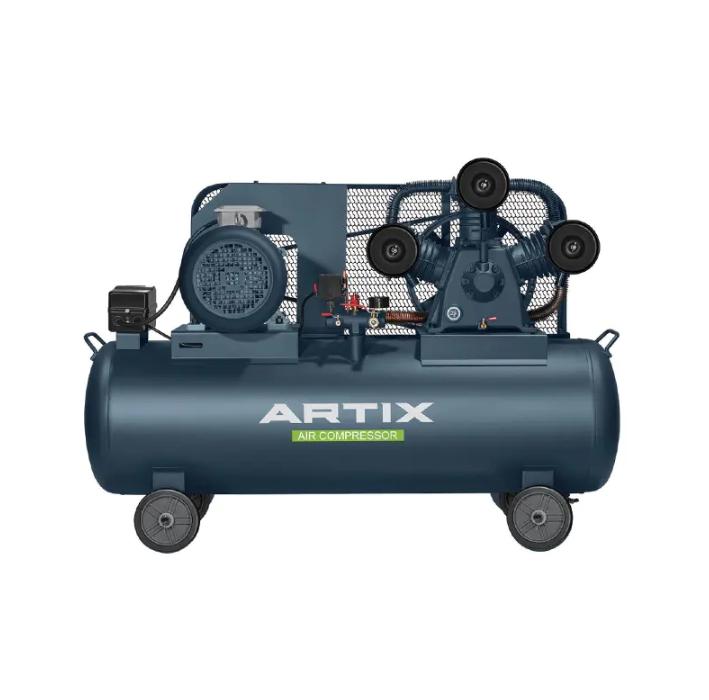Energy efficiency is a key consideration when selecting between a Belt Driven Compressor and a Direct Drive Compressor. Both types have characteristics that affect power consumption and suitability for different applications.
Belt driven compressors often experience slight power losses due to belt friction and potential slippage, which can reduce efficiency. However, the motor in belt driven systems can be optimized independently of the compressor pump speed, allowing for flexibility in speed control and load matching in some advanced models.
Direct drive compressors generally provide more direct power transfer from motor to pump, resulting in potentially higher mechanical efficiency. This makes direct drive compressors appealing in applications requiring compact size and straightforward operation.
Regarding application scenarios, belt driven compressors are common in industrial workshops, automotive shops, and production lines where noise reduction and quieter operation are appreciated. Their flexibility in motor placement also suits setups where space allows separation of components.
Direct drive compressors are popular in portable air compressors, small-scale workshops, and situations where a compact footprint is essential. Their simplified design reduces weight and complexity, which benefits mobility and ease of installation.
In summary, both compressors have efficiency characteristics that suit specific uses. Understanding the operational needs and energy considerations of the intended application helps in selecting the appropriate compressor type.
